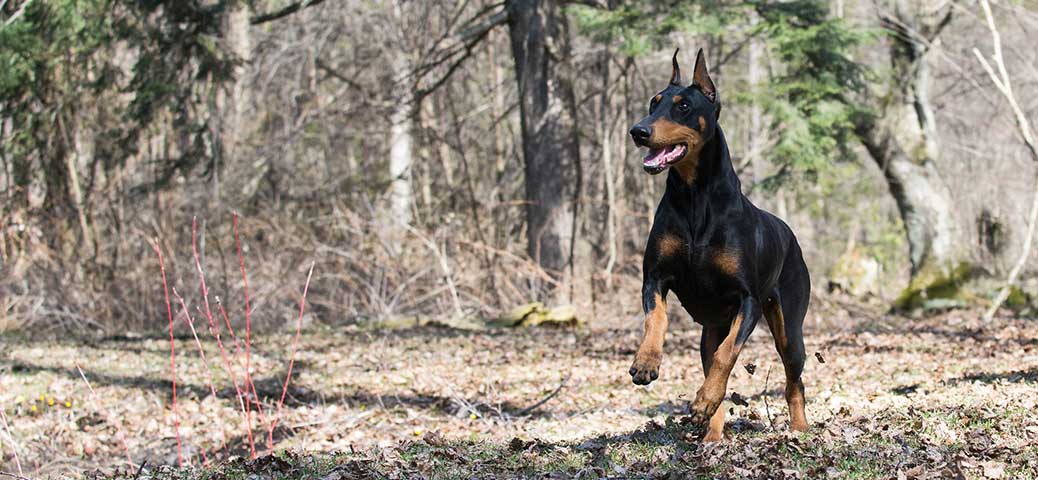Purebred dogs are much more than a pretty face. It is the ‘family tree’ that determines what is inside the eye-catching exterior. The pedigree is a written record that shows at least 3 generations, often more, with correct names of all relatives. When purchasing a purebred dog, you should be supplied with this document. Some dogs should have the coveted Ch. or even GCh, before their name, and ideally, some dogs should be recognized top producers. Take some time to study and understand your dogs’ pedigree.
If a dog is “repeated”, i.e., appears more than once, pay particular attention and research that dog. If you haven’t observed the dog in person, try to get a video. Photos are better than nothing but be aware that digital retouching is common today.
Parents and grandparents usually represent the most dominant genes in the pedigree but not necessarily. You need to know the phenotype and genotype of the first 6 dogs; sire, dam, and all four grandparents. Phenotype means the characteristics of a dog that are readily observable such as size, coat colour etc. Genotype means the hereditary makeup of a dog that cannot be seen and will only be expressed when bred to another purebred dog of the same breed.
The importance of having a knowledgeable AND objective mentor in a breed can’t be stressed enough. Depending on which bloodline the pedigree represents, your mentor may be a bit biased. It’s human nature. The important thing when selecting a mentor to help you sort out a particular pedigree is: Has your potential mentor actually seen the first 6 dogs in the pedigree and hopefully, some of the siblings?
Look for genetic evidence of thoughtful line-breeding on a particular dog within the third or fourth generation of the pedigree that you are literally buying into. If that dog produced consistently well, count him as being in the first or second generation because his genes are more concentrated and should therefore be more powerful. Line breeding dogs is a common and accepted practise amongst purebred dog breeders and involves the mating of closely related relatives other than mother/father or sister/brother. Example of line breeding: grandfather to granddaughter…perfectly acceptable in the dog world.

